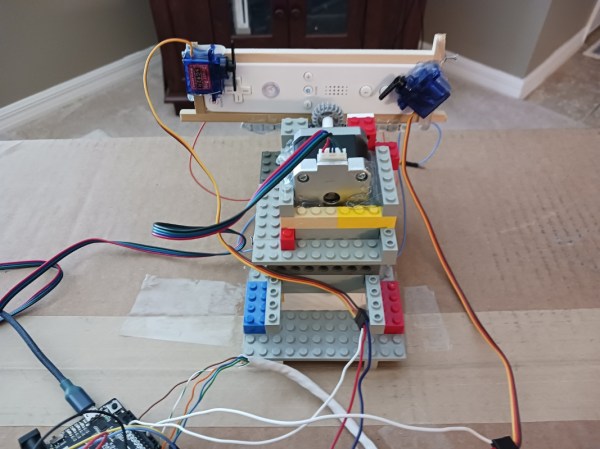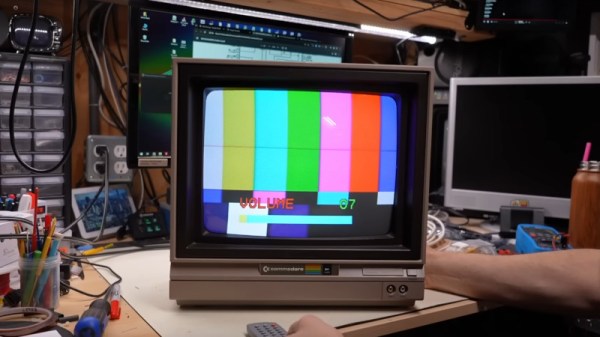This week, Dan joined Elliot for a review of the best and brightest hacks of the week in Episode 0xFF, which both of us found unreasonably exciting; it’s a little like the base-2 equivalent of watching the odometer flip over to 99,999. If you know, you know. We had quite a bumper crop of coolness this week, which strangely included two artifacts from ancient Rome: a nanotech goblet of colloidal gold and silver, and a perplexing dodecahedron that ends up having a very prosaic explanation — probably. We talked about a weird antenna that also defies easy description, saw a mouse turned into the world’s worst camera, and learned how 3D-printed signs are a whole lot easier than neon, and not half bad looking either. As always, we found time to talk about space, like the legacy of Ingenuity and whatever became of inflatable space habitats. Back on Earth, there’s DIY flux, shorts that walk you up the mountain, and more about USB-C than you could ever want to know.
And don’t forget that to celebrate Episode 256 next week, we’ll be doing a special AMA segment where we’ll get all the regular podcast crew together to answer your questions about life, the universe, and everything. If you’ve got a burning question for Elliot, Tom, Kristina, Al, or Dan, put it down in the comment section and we’ll do our best to extinguish it.
Grab a copy for yourself if you want to listen offline.



















